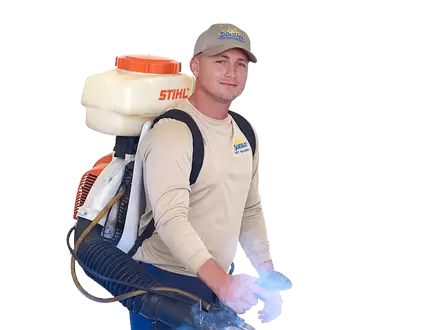

Back-to-school time brings new books, new friends, homework in the evenings again and if you are one of the unlucky few, it may also mean head lice. In a school situation where children are in close quarters with hundreds of other children, lice can spread extremely quickly.
Lice (plural of louse) are a parasite. They latch onto a child’s scalp and feed off the blood. Because they bite into the skin to get their food source, they also cause lots of itching, which could lead to an infection.
From a professional perspective, head lice are not usually a pest control issue and the best treatment involves the individual who has the problem.
Signs of head lice
The first sign that your child has head lice is usually the itching and scratching. At this point, you should sit your child under a bright light, part his hair and look for small tan or yellow dots close to the end of the hair shift near the scalp. They almost look like dandruff, but don’t flake away when brushed. These are lice eggs, commonly known as nits.
If you don’t see any signs of nits, but your child continues to have an itchy scalp, make an appointment with your family doctor to get a professional opinion. Because they are so small it’s sometimes easy to miss the signs.
Getting rid of head lice
For a child older than two years old, you can use an over the counter shampoo designed to get rid of lice and nits. Make sure you follow the directions very carefully as these shampoos contain insecticides.
For a child younger than two years old, it’s recommended that you remove the lice manually by using a fine-tooth comb and simply combing out the nits. You will have to do this on a daily basis for several weeks.
Luckily, lice don’t live very long when not in close contact with the human scalp. You don’t have to worry about the critters hanging out in the carpet for days before finding their next victim. However, they do live for a small period of time, so you will want to clean up anything that might come into contact with the infected person’s head. This could include bath towels, baseball hats, and even pillows or bed clothes.
Wash any clothes the infected person wore or came into contact with by using extremely hot water in the wash.
Preventative Measures
Make sure your child knows not to share any combs, brushes or hats. Sharing these items is an easy way to pass the lice from one head to another.
If one person the in family has head lice, you will want to be extra careful for awhile not to have physical contact with that person until the head lice is gone.
